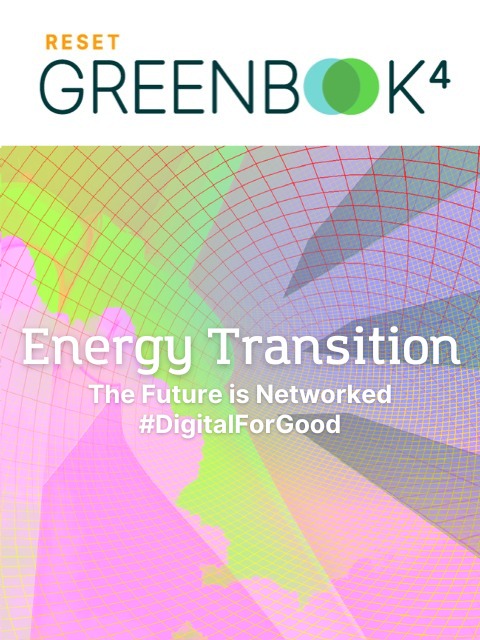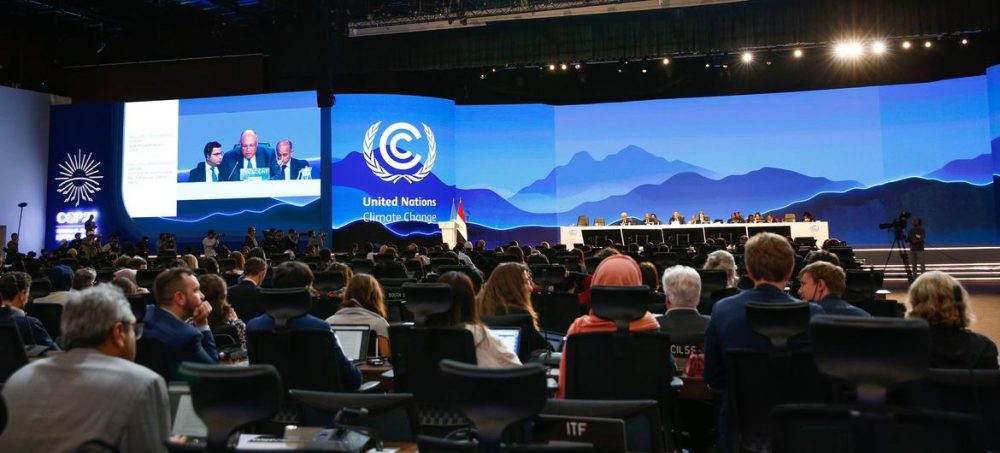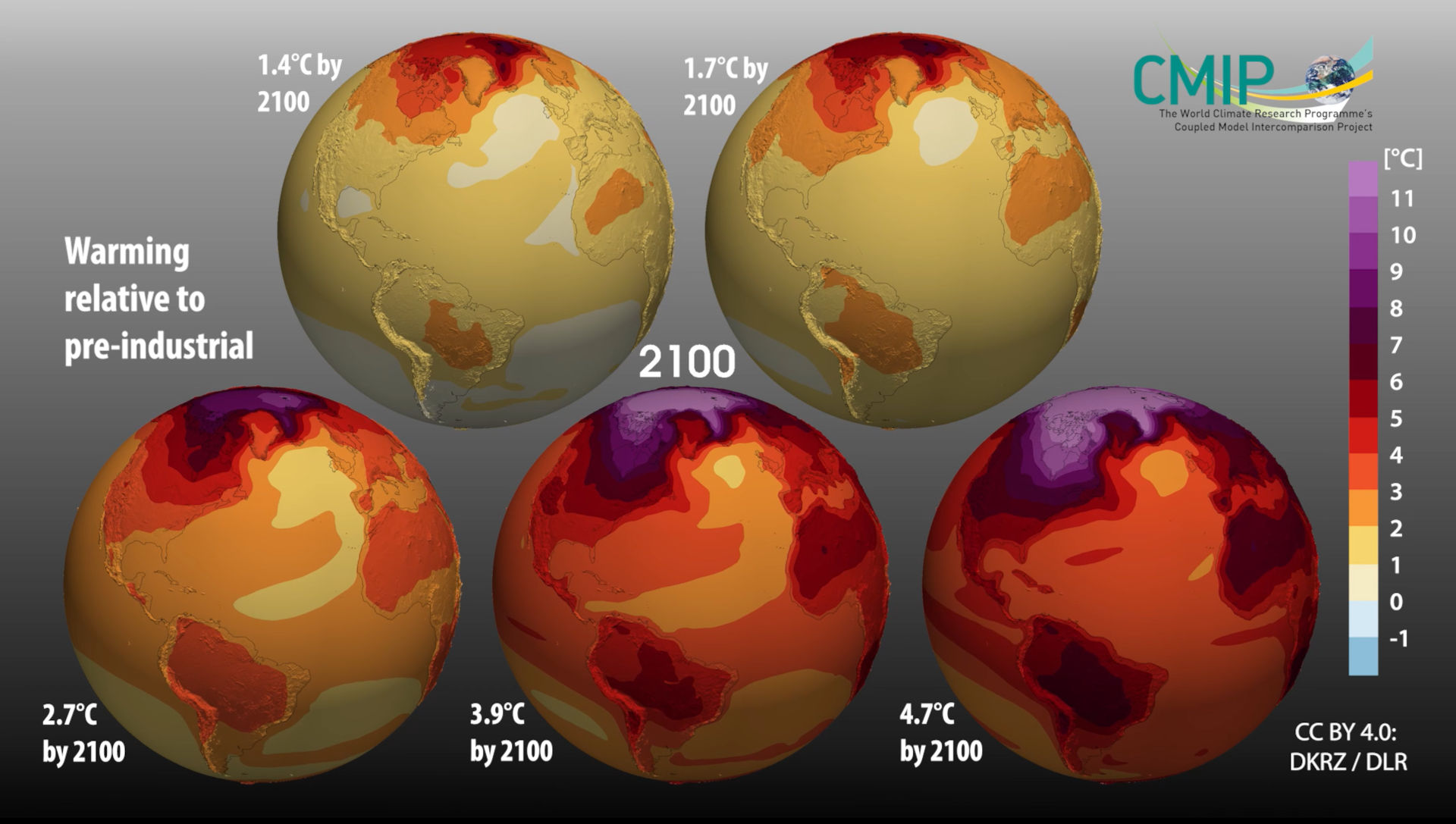The dust has now settled in Sharm el-Sheikh following the 27th Conference of the Parties Climate Change Conference (COP 27). Having ended on November 18th, pundits and analysts across the world have been analysing the outcomes of talks and negotiations from 190 member states. The responses are mixed.
In late night, last minute dealing, the COP delegates emerged with a new deal to provide financing and support for the countries most disastrously hit by climate change, with the creation of a central formalised fund.
This “loss and damage” fund will be operationalised at COP 28 next year, while the delegates also worked on the institutional arrangements for the Santiago Network for Loss and Damage, which aims to provide technical assistance to countries vulnerable to climate change.
Although heralded as a “landmark” deal and a “breakthrough”, some experts were disappointed by the outcomes. With the exception of the “loss and damage” fund, it appeared to be business as usual following COP 27. Although delegates reaffirmed their commitments to the previous Paris Conference carbon reduction goals, there was little additional progress on reducing fossil fuel use. Instead, the focus was on mitigating damage.

The 1.5 degree target is unattainable without a real transformation of our energy system. But how can it succeed? What are the energy sources of the future? What digital solutions are ready and where are innovations needed? And how can the transformation be driven forward?
The RESET Greenbook “Energy Transition – The Future is Networked” presents digital, innovative solutions and sheds light on the background.
In a statement released after the conference, UN Secretary General António Guterres appeared to echo this concern. Although accepting the deal would improve ‘climate justice’, he added:
“But let’s be clear. Our planet is still in the emergency room. We need to drastically reduce emissions now – and this is an issue this COP did not address.
A fund for loss and damage is essential – but it’s not an answer if the climate crisis washes a small island state off the map – or turns an entire African country to desert.
The world still needs a giant leap on climate ambition. The red line we must not cross is the line that takes our planet over the 1.5 degree temperature limit.”
Those wishing to see digital technologies taking on a central role at the conference may also be disappointed. The official UNFCC report on the outcomes of the conference only includes a minor reference to technology, suggesting:
“COP27 saw the launch of a new five-year work program at COP27 to promote climate technology solutions in developing countries.”
Beyond this, there appears to be little tangible progress towards the promotion or adoption of specific digital or technological tools.
How was Digitisation Discussed?
But that’s not to mean digitisation was not discussed at the conference. Across its two-week duration, several organisations and institutions provided keynote presentations on the importance of digital technologies in realising an energy and climate transformation.
In her speech at the opening ceremony of the conference, Veronika Eyring of the German Aerospace Center (DLR) spoke of the importance of advanced climate modelling aided by Earth observation satellites. The ability of increasingly sophisticated satellites to monitor Earth emissions, and create advanced models of likely future impacts are essential to monitoring climate conditions, but also ensuring member states are adhering to their stated goals.
When combined with digital twin technology – such as attempts to create digital simulations of the entire Earth’s climate – such tools provide a truly global perspective to a global issue.
The International Energy Agency also held an event, in cooperation with the Italian Ministry of the Environment and Energy Security and the UN Environment Programme, to discuss how digital technologies can help lay the foundations for an energy transformation.
In particular, they spoke of the need to increase investment in grids and grid digitisation, especially in emerging economies, such as Brazil, India, Morocco, Tunisia, Indonesia and others.
According to the IEA, investment needs to increase eightfold by the late 2020s to meet the 1.5 degree climate target agreed in the Paris Accords. Their event hoped to bring together regulatory, financing and technological fields to discuss how such investment could be sourced.
The World Bank also held a panel discussion on the topic of ‘Catalysing the Green Digital Transformation’, including speakers from the World Bank, Google, European Commission and German Society for International Co-operation (Deutsche Gesellschaft für Internationale Zusammenarbeit – GIZ). As well as discussing the huge digital carbon footprint, the speakers also addressed ways ICT systems could be “greened”, as well as the need to reduce digital carbon emissions by half by 2030.
Riccardo Puliti, Vice President of Infrastructure for the World Bank, highlighted a couple of actions which he felt were necessary to ease this green digital transition, this includes increasing coordination between nations via policy dialogue, capacity building and general awareness, as well as coming to agreement of what Green Digital means in practice, especially for lower middle-income nations.
In addition, several organisations and companies on the fringe of COP 27 also held smaller discussions on technology.
Overall, however, COP 27 seemed to be a more cautious and conservative approach to climate action than previous conferences. Ongoing energy concerns, fuelled by the war in Ukraine, has eroded confidence among member states, and seen a potential resurgence in fossil fuel use. During this time of instability, governments are unlikely to make broad sweeping statements and changes.
Furthermore, as is always the case with these climate conferences, practical action does not always follow discussion. It remains to be seen how effective such a “loss and damage” fund will truly be, especially considering the scale of ongoing climate catastrophes, such as the floods in Pakistan. Ultimately, it may be cheaper and more effective for member states to invest in technology and policies which can prevent or limit such disasters, rather than rich countries simply picking up the cleaning bill.









